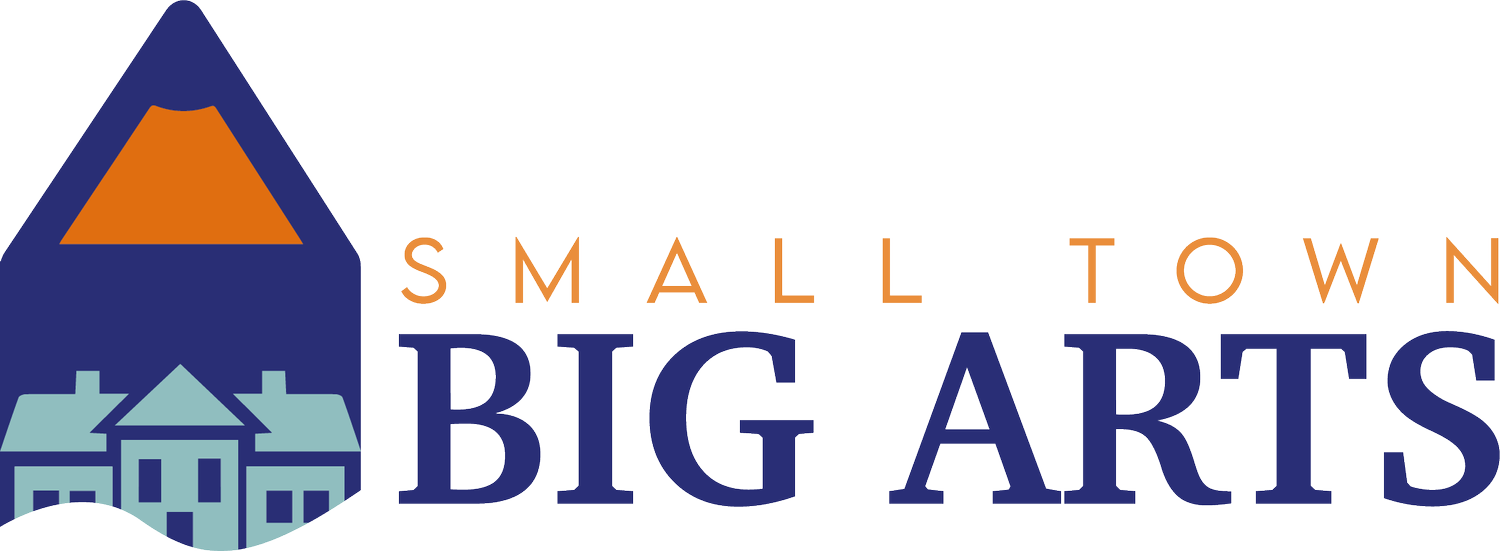The Indispensable Role of Strategic Planning in Enhancing Small Town Arts Organizations
Strategic planning is not merely a bureaucratic exercise—it's a vital tool that small town arts organizations can use to define their future and ensure their relevance and resilience in the community. In areas where every resource counts, strategic planning helps these organizations maximize their impact, streamline their operations, and foster deep, enduring connections with their audience.
With all this said, strategic planning can be extremely difficult for small organizations in small communities. Bandwidth is at a premium and this includes bandwidth of time, finances and people. Often strategic planning is pushed off or even ignored. I want to make a case why it shouldn’t happen “one day” or that one shouldn’t ignore its importance in the face of executing today’s tasks and projects. I also want to share a FREE way to facilitate a professional and strong strategic planning process.
Making the Case
Engaging Constituents Through Strategic Planning
One of the foremost benefits of strategic planning is its ability to engage both internal and external constituents. Internally, the process encourages participation from all levels of the organization, from board members to volunteers, creating a sense of ownership and alignment with the organization’s goals. This inclusive approach not only harnesses diverse perspectives but also strengthens commitment across the organization’s team.
Externally, strategic planning serves as a bridge to the wider community. It opens dialogues with stakeholders, patrons, and potential partners, helping to understand their expectations and how the organization can serve them better. By engaging these groups in meaningful conversations, organizations can enhance their community presence and relevance.
Crafting a Professional Forward-Facing Document
A well-developed strategic plan also acts as a critical professional document that articulates the organization’s vision, mission, and the strategic paths it intends to pursue. This document is crucial for building trust and credibility among potential funders, donors, and collaborators. It demonstrates a clear, thoughtful approach to sustainability and growth, which is often required in grant applications and fundraising campaigns. Recently I interviewed Margaret Hancock, the Executive Director of the Virginia Commission for the Arts for the Small Town Big Arts Podcast. She shared that she looks at their grants as an investment in the organizations, artists, and projects they support. If you went to a financial investor in the for profit sector, you would be expected to effectively communicate not just your current status but your ambitions and structured approach to achieving your goals. The same is true in the non-profit sector, even when you are small. A formal strategic plan is an invaluable tool in constituent building and funding efforts.
Fostering Cohesion Across Projects and Initiatives
Furthermore, strategic planning helps create cohesion across various projects and initiatives. Arts organizations often manage multiple programs and activities that can diverge in purpose and execution. A strategic plan ensures that all efforts are aligned with the overarching goals of the organization, ensuring consistency and synergy. This alignment is essential for maintaining focus and directing resources efficiently, enhancing the organization's ability to make a significant impact. This can be especially true when your workforce is largely volunteer, which is often the case with small organizations in smaller communities.
An Open Source and FREE Way Forward!
Leveraging the Strategic Planning Workbook by the Virginia Commission for the Arts
So, you are asking yourself, I barely have the funds to execute artistic projects, let alone hire a professional consultant to facilitate a strategic planning process. I have good news. The Strategic Planning Workbook developed by Spark Mill and provided by the Virginia Commission for the Arts is an invaluable and FREE resource. It guides organizations through a visual and action-oriented seven-step process, tailored specifically for small to mid-sized arts groups. The workbook not only assists in developing a strategic plan but also ensures that the plan is practical, adaptable, and ready to be implemented effectively.
Arts organizations that are either embarking on or revising their strategic plans will find this workbook particularly useful. It offers not just guidelines but a pathway to transforming strategic planning from a daunting task into an invigorating process that propels the organization forward. It has also been designed by a grant giving entity, providing a structure and approach that will be successful when speaking with, presenting to, and engaging potential funders.
In conclusion, strategic planning is crucial for small town arts organizations, providing a framework that supports growth, engagement, and sustainability. With the right tools and resources, such as the Strategic Planning Workbook, these organizations can look forward to not just surviving but thriving in their communities.

